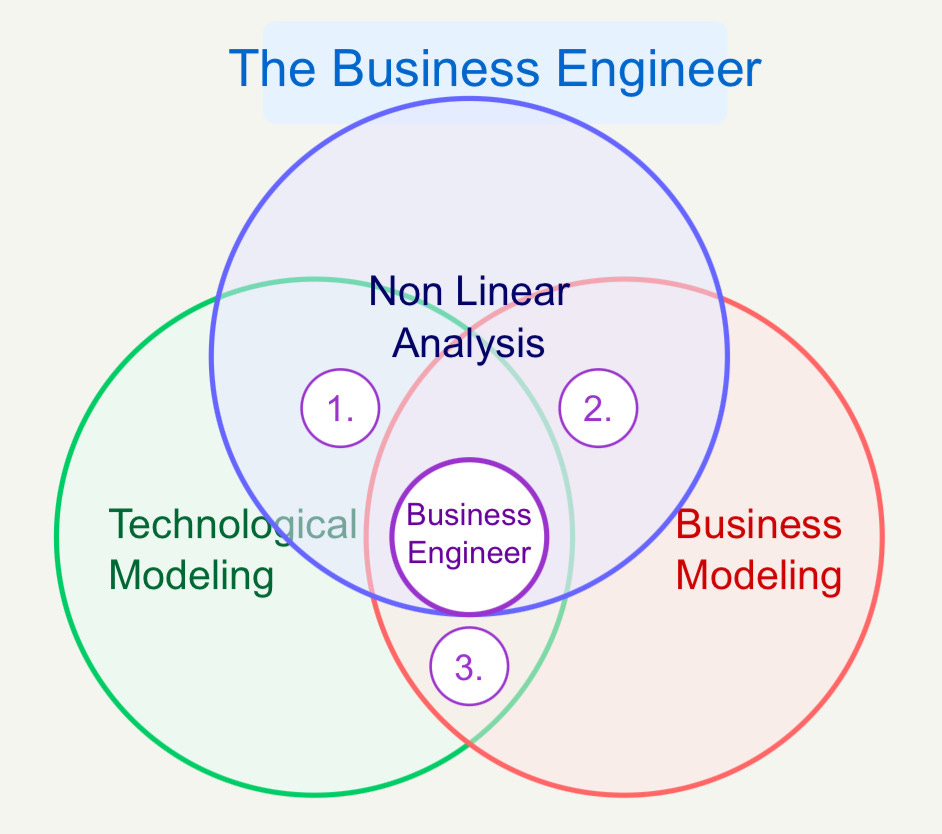This Week In AI Business: AI, The Bubble That Can’t Burst (Just Not Yet) [Week #34-2025]
The AI bubble fundamentally differs from every technology bubble before it because it's driven by excess demand, not oversupply.
This isn't speculation waiting to meet reality; this is reality overwhelming our ability to build.
Consider the staggering contrast with history. During the dot-com era, telecom companies massively overbuilt fiber-optic infrastructure in anticipation of exploding Internet demand.
Much of it remained "dark" for a decade, unused and waiting for the world to catch up.
Today, we face the opposite crisis: companies worldwide will need to invest a remarkable $6.7 trillion into new data center capacity between 2025 and 2030 to keep pace with AI demand.
But here's the catch that changes everything: We can't pre-build AI capacity like we did with fiber.
Every GPU depreciates at Moore's Law speed. Every data center requires constant, massive power draws.
Every technological advance makes yesterday's infrastructure obsolete within quarters, not decades.
This creates a fundamentally different bubble dynamic, one that could stall not from lack of demand, but from our physical inability to supply what the world desperately needs.
I’ll cover it in this week's, explaining all the nuances on the topic, to move beyond the conventional wisdom that these days is pushing so much the narrative of “AI is a bubble just like the dot-com.”
Well, as I’ll show you, even if it’s a bubble, it’s not on the way you might have been thinking about it, and it matters, practically!
The weekly newsletter is in the spirit of what it means to be a Business Engineer:
We always want to ask three core questions:
What’s the shape of the underlying technology that connects the value prop to its product?
What’s the shape of the underlying business that connects the value prop to its distribution?
How does the business survive in the short term while adhering to its long-term vision through transitional business modeling and market dynamics?
These non-linear analyses aim to isolate the short-term buzz and noise, identify the signal, and ensure that the short-term and the long-term can be reconciled.





